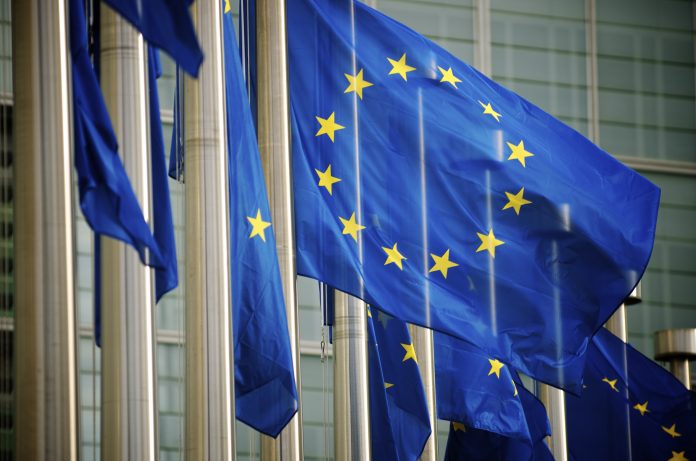The European Commission has released a new report showing how the European Union’s commitment to collaborative research and innovation has a strong effect and what projects are using the most of their support and funding
Technologies developed through Horizon Europe 2020 are now scaling their projects up using support from the innovation fund.
Many of these projects that the European Union has supported are creating significant impacts in maritime, transport and energy areas. The European Commission has revealed some standout projects that will contribute to a greener, more sustainable future.
Tackling maritime emissions with wind power
One project, SUSTAINSEA, targets reducing carbon dioxide (CO₂) emissions in the maritime sector.
The project focuses mainly on wind-assisted propulsion systems developed by Bound 4 Blue, a Spanish startup that uses wind to reduce ships’ fuel consumption.
These systems decrease reliance on fossil fuels and are already being deployed on five large cargo vessels.
Through collaboration with other EU projects like RETROFIT55 and SeaStars, Bound 4 Blue is part of a movement that could reduce maritime emissions by 91%.
The project supports the EU’s wider goals of achieving net-zero emissions in maritime transport by 2045, proving that wind technology can play a crucial role in reducing the carbon footprint of global shipping.
Creating sustainable fuels for the shipping industry
Another project with strong plans for change is SOL project, which focuses on creating sustainable maritime fuel.
The project works with the help of Crude Sugar Oil (CSO™), created by the Dutch company Vertoro BV. CSO™ is a biofuel derived from cellulose, which offers an alternative to traditional marine fuels. Supported by EU programs like IDEALFUEL and EHLCATHOL, the research has shown that CSO™ can cut greenhouse gas emissions by over 80% compared to conventional fuels.
This is important for decarbonising the maritime sector as it still relies heavily on polluting fuels.
Energy management in ports
The GREENMOTRIL is a project focused on port energy management. Gaining support from EU programs like SYNERGY and BEYOND, Cuerva, a Spanish energy company, is transforming the Port of Motril into Europe’s first off-grid seaport powered entirely by renewable energy.
By using AI, big data, and digital infrastructure, the project is advancing smart energy solutions that are both sustainable and efficient. This ambitious shift toward 100% renewable energy is not just a win for the Port of Motril but also sets a global precedent for how ports can operate more sustainably. The project proves that with the right combination of technology and collaboration, even traditionally energy-intensive industries can reduce their environmental impact.
Carbon capture and sustainable fuels
The final project is the IRIS project, which addressed the challenges of carbon emissions through large-scale carbon capture and utilisation.
In partnership with Motor Oil (Hellas), the project is scaling up carbon capture at an industrial facility in Greece, with plans to produce 10,000 tonnes of e-methanol annually.
This methanol can be a sustainable fuel for mobility and industrial applications. The project follows several Horizon 2020 and Horizon Europe-funded research projects focused on carbon capture technologies, such as CARMOF and AURORA. By capturing CO₂ emissions and converting them into valuable fuel, the IRIS project is an important step towards reducing the industrial sector’s carbon footprint.
EU research and innovation
Overall, the EU’s collaborative approach to research and innovation has resulted in transformative projects that offer scalable solutions to some of the world’s most important environmental issues.
These projects show that it is possible to make significant strides toward a greener future with the right amount of technology, collaboration, and funding.











